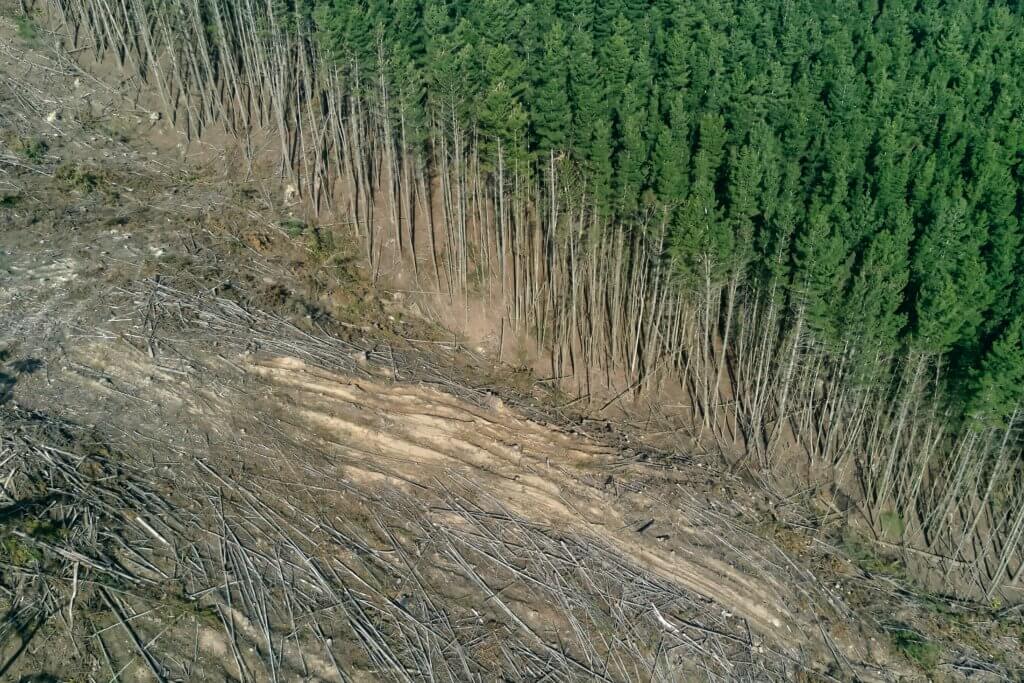How does deforestation affect the atmosphere?
Forests are habitats that are dominated by trees, these being plants that are woody and generally above 2 metres in height. The trees are dominant in the forest, but there are also the other smaller plants such as shrubs, herbs and ferns that form the ‘understorey’ of the forest (i.e. ‘under’ the canopy-forming trees). Then there are also the organisms that live in the soil, both above and below. These include countless number of invertebrates that live on the forest floor, both amidst the forest litter, made of debris such as leaves, bark, twigs and flowers/seeds, and in the soil (imagine some of the insects that live your garden soil!). And let us not forget the larger animals that also live in and depend on the forests, such as some of our mammals and birds.
The process of deforestation involves clearing of the forest (hence the ‘de’ in it!). The clearing mainly targets the trees in the case of forestry which involves growing and re-growing of trees so we can harvest the timber form the trees for various uses (e.g. building, paper-making). In other cases, such as happened in large parts of Australia and in other parts of the world such as the Amazon forests, clearing involves completely removing the trees, understorey plants, debris etc. to make way for other land uses such as producing food and fuels. Deforestation also occurs widely to make way for housing developments and associated infrastructure. These distinctions are useful as depending on the reason and nature of deforestation, and what aspects of the forests are cleared, the impacts on the atmosphere (and biodiversity) varies.
For example, if deforestation involves clearing of the trees, other plants and the debris, making way for houses and roads, all of the carbon stored in the landscape (both above and below the ground) is now potentially released back into the atmosphere thereby adding to our historic global greenhouse gas (GHG) emissions. Furthermore, by replacing a functioning forest habitat with a housing sub-division, the ability for those trees and other organisms to continue to take carbon away from the atmosphere and store it in the form of wood and other biomass has been compromised. Within forestry, depending on the nature of forestry practices, again large amounts of carbon can be lost into the atmosphere (where it is causing us harm) and also lost is our ongoing ability to remove harmful pollutants from the atmosphere and store it safely in the form of forest carbon.
The solution therefore is to manage our forestry practices in such a way to provide a net sink (not source) of carbon dioxide (which is a GHG). In other landscapes, the more we can integrate trees and other plants in creative ways, the more we can help remove carbon dioxide from the atmosphere, and also help us cool our cities, bring back birds to our backyards, and gain other benefits of experiencing nature in our daily lives.












